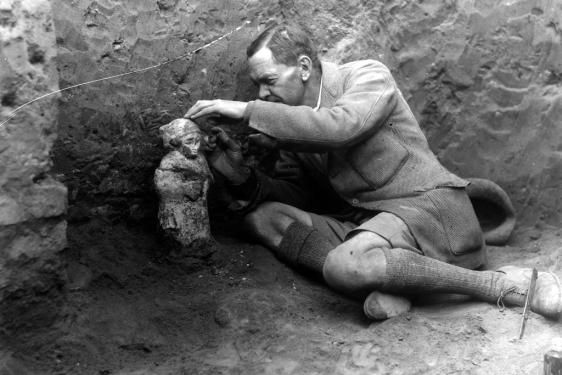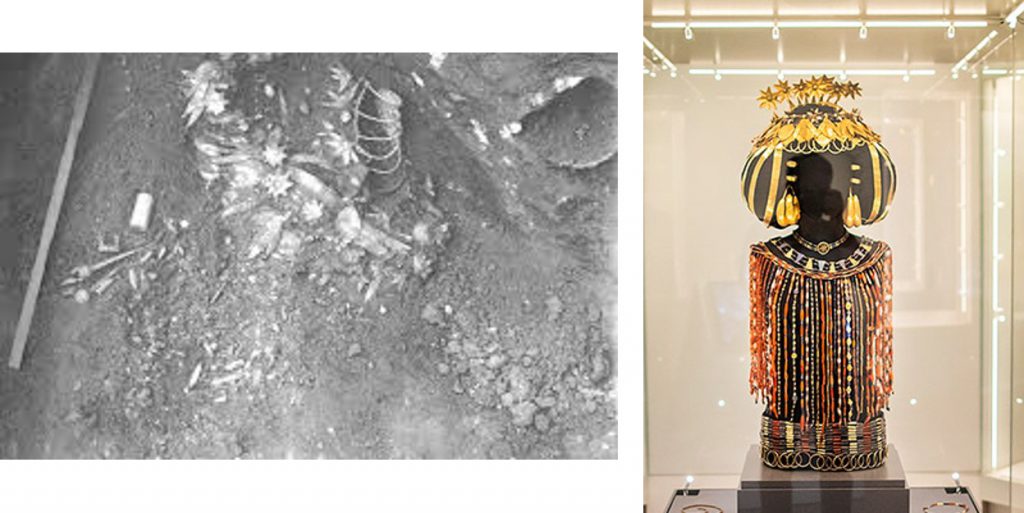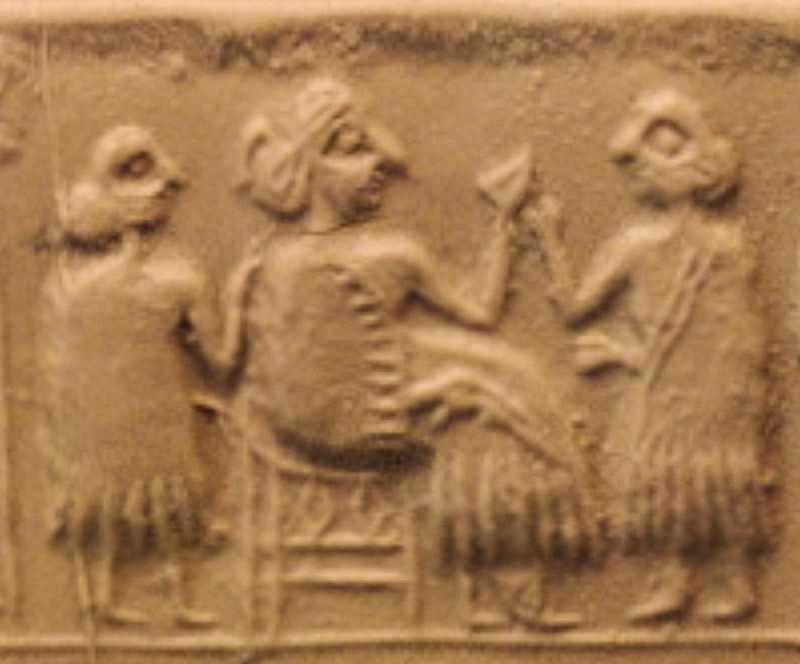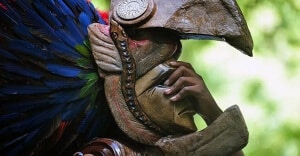In the late 1920s, Leonard Woolley, a British archaeologist, made a remarkable find in the deserts of southern Iraq: a Mesopotamian tomb of unparalleled opulence, unlike any previously discovered. This 4,500-year-old resting place was adorned with gold and precious stones, sheltering a royal skeleton alongside three other individuals, likely her attendants. The revelation that the tomb was dedicated to a female figure was what truly captivated the global audience at the beginning of the 20th century.

The tomb’s inhabitant was identified as Queen Puabi, remembered through millennia by a lapis-lazuli seal attached to her funerary attire. She reigned during the zenith of Ur’s influence around 2600 B.C., a period when the city-state held sway over the Sumerian lands bordered by the Tigris and Euphrates rivers. Under her rule, Ur thrived as a commercial hub, with trade networks extending from India to the regions of contemporary Sudan, amassing great wealth as the primary docking point for Indian merchandise.
Despite the absence of her name in the historical annals, the unique absence of a husband’s name on her seal has led some scholars to speculate that Puabi may have wielded power as a sovereign. Intriguingly, her final resting place was found adorned with a majestic gold diadem, intricately designed with leaves and blossoms, and her fingers were each embellished with a gold ring. Encircling her waist was a gold belt, complete with golden loops, underscoring the grave’s regal magnificence.

Rita Wright, a retired professor of anthropology from New York University with expertise in archaeology and textiles, pioneered the study of Queen Puabi’s attire, analyzing it from a singular image. Her findings are detailed in the publication “Art/ifacts and ArtWorks in the Ancient World.”
Wright explains that the prominent women of Ur’s ancient society had familial or marital connections to the ruling class. Their significance was underscored by their roles as emissaries for the state, engaging in various official duties and thus, holding significant influence.
Puabi, undoubtedly a royal consort and possibly the queen, is believed to have died between 2400 and 2350 B.C. Similar to Puabi, elite women often acted as diplomatic representatives for their spouses, showcasing the state’s culture and influence. “They achieved this through travel, participating in rituals, and hosting banquets in different cities or towns. These events were opportunities for showcasing their fashion and appearance to the public,” Wright elaborates.
During the 1920s and 1930s, the discovery of her remains occurred in Egypt, coinciding with that of Tutankhamun, marking a significant archaeological find of the century. The remains of Puabi, notably her severely damaged skull, are preserved at the Natural History Museum in London. Found within Ur’s Royal Cemetery, Puabi’s resting place was among approximately 1,800 other burial sites. Her tomb stood out not only for the vast array of quality and well-maintained artifacts it housed but also because it was the sole tomb across the excavation efforts that had remained undisturbed by looters over thousands of years, setting it apart from all others.
The artifacts unearthed by Woolley were distributed among the British Museum in London, the University of Pennsylvania Museum in Philadelphia, and the National Museum in Baghdad. Unfortunately, the aftermath of the Second Gulf War in 2003 saw the theft of several items from the National Museum. A selection of the most impressive artifacts from Puabi’s burial site was showcased in an acclaimed Art and History Museum tour across the United Kingdom and the United States.
Zechariah Sitchin, a writer deeply invested in the theory of ancient astronauts as a cornerstone of human origin, challenged the Natural History Museum shortly before his death. He requested DNA analysis on the bones of the Sumerian “Queen Puabi,” betting his entire body of work on the outcome of such tests. (Source)

Sitchin argued that the genetic material of a high-status Sumerian female might reveal the genetic markers of deities and semi-deities, a theory he had advocated since the 1970s. Found in Iraq, these remains could potentially support the notion that the Annunaki, gods mentioned in ancient Sumerian literature, played a role in human genetic manipulation.
He proposed that Puabi could be an ancient half-god, sharing lineage with the Annunaki, citing numerous ancient records of individuals with extraordinary abilities in strength, intellect, health, and longevity. Sitchin theorized that our ancestors were intentionally limited in their capabilities by their creators. He believed Puabi’s DNA might hold the key to understanding these imposed genetic limitations and called for scientific testing to uncover potential missing links in human evolution.
“Maybe by comparing her genome with ours, we would find out what are those missing genes that they deliberately did not give us. I cannot guarantee that, but maybe,” Sitchin expressed in a 2010 NBC News interview. Hence, his push for the museum to initiate a DNA study on Puabi’s remains.
The Natural History Museum, however, stated it would only entertain such a request from a “researcher with recognized experience and skills in this field, or with access to the necessary facilities required to undertake ancient DNA analysis.” Despite Sitchin’s dedication, his plea for DNA testing on Queen Puabi’s remains went unaddressed after his death, as no further action was taken to fulfill his request.









